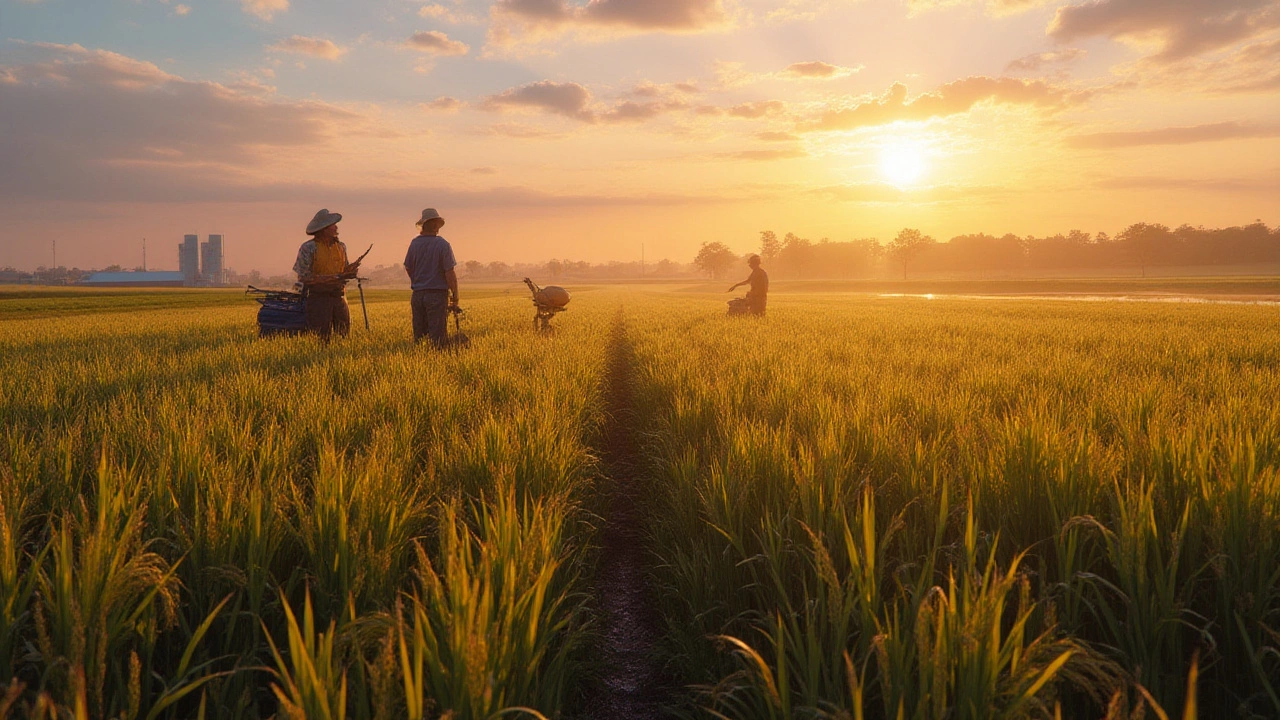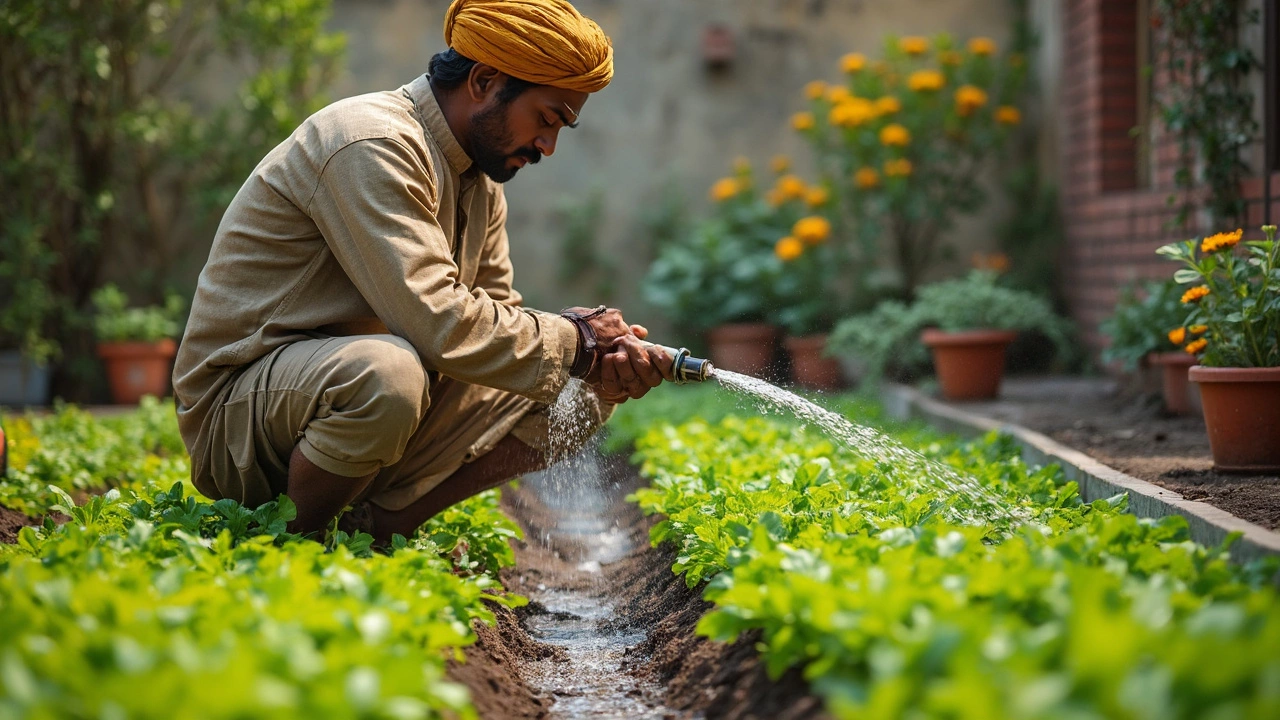Top Rice Producing State in India
Top rice producing state, the Indian region that tops the national paddy output each year. Also known as leading rice state, it drives food security and rural livelihoods. This rice production, the full cycle of sowing, growing, harvesting and processing paddy grains hinges on favorable climate, temperature, rainfall and monsoon timing that dictate planting windows. Among the Indian states, a handful consistently rank highest because of fertile alluvial soils, extensive irrigation, and supportive government schemes. The link between top rice producing state and policy incentives shows how subsidies and minimum support prices push farmer adoption. Meanwhile, advances in agricultural technology, hybrid seeds, mechanized sowing, precision irrigation and drone monitoring raise yields per hectare and cut labor bottlenecks.
When you say a state is a top rice producing state, you’re really talking about an ecosystem where top rice producing state encompasses high paddy yield, robust supply chains, and export potential. For example, the state’s average yield of 4.5 tonnes per hectare beats the national average of 3.2, a clear semantic triple: Top rice producing state → encompasses → high paddy yield. The surge in government policy, minimum support price adjustments, credit facilities and insurance schemes directly influences farmers' decisions, choice of seed, timing of planting and investment in machinery. This relationship forms another triple: Government policy → influences → farmers' decisions. Moreover, the adoption of precision irrigation, drip and sprinkler systems controlled by soil moisture sensors lowers water use by 30% while lifting yields, showcasing that precision irrigation → improves → rice production. The synergy of climate‑adapted varieties, tech‑enabled field management, and market‑friendly policies makes the top rice producing state a model for other regions aiming to boost their own grain output.
The economic ripple effect is massive. High output translates into lower rice prices for consumers, which in turn supports food affordability across the country. In the leading state, rice exports to neighboring nations have risen by 12% over the past three years, indicating that surplus production isn’t just feeding locals but also generating foreign exchange. The state's agro‑processing industry, from milling to polished rice packaging, adds value and creates jobs beyond the farm gate. This demonstrates the semantic link: High rice production → fuels → agro‑industrial growth. Additionally, the rise in farmer incomes fuels better education and health outcomes in rural communities, reinforcing the broader goal of sustainable development.
Below, you’ll find a curated set of articles that dive deeper into each of these angles – from climate impact studies and policy analyses to technology adoption guides and market trends. Whether you’re a farmer curious about the latest seed, a policymaker looking for data‑driven insights, or a business stakeholder tracking export opportunities, the collection offers actionable knowledge that builds on the overview you just read. Explore the posts to see specific state rankings, see how water‑saving techniques are being rolled out, and learn which innovations are reshaping India’s rice landscape.
Top Rice Producing States in the US: Where Most Rice Comes From
Discover which US state produces the most rice, why it leads, how rice farming works, and what makes rice an agricultural powerhouse in America. Explore facts and helpful tips.
- manufacturing
- India
- food processing
- garden tips
- rice cultivation
- government schemes
- balcony garden
- urban gardening
- balcony gardening
- profitable business
- business ideas
- plastic manufacturing
- drip irrigation
- plant care
- steel manufacturing
- sustainable gardening
- startup ideas
- steel industry
- flower gardening
- textile manufacturers






